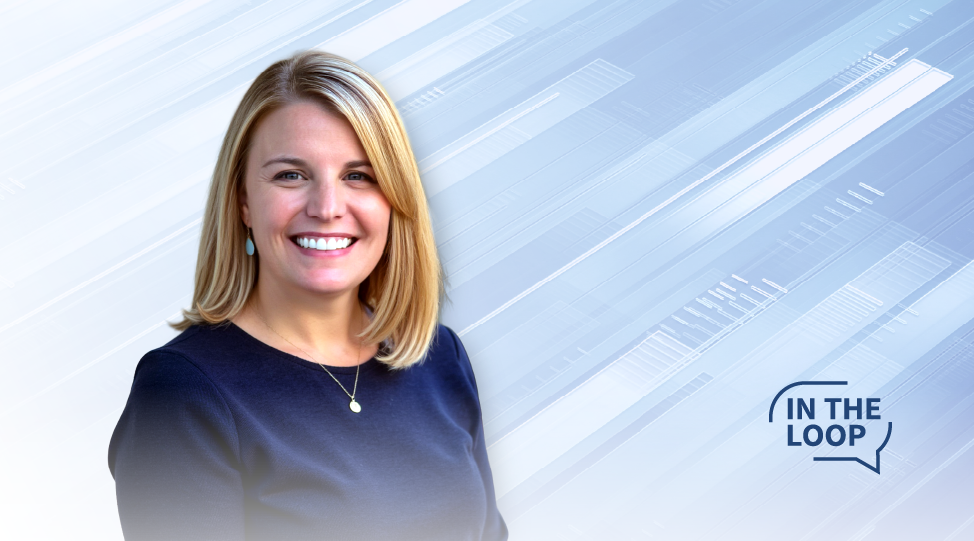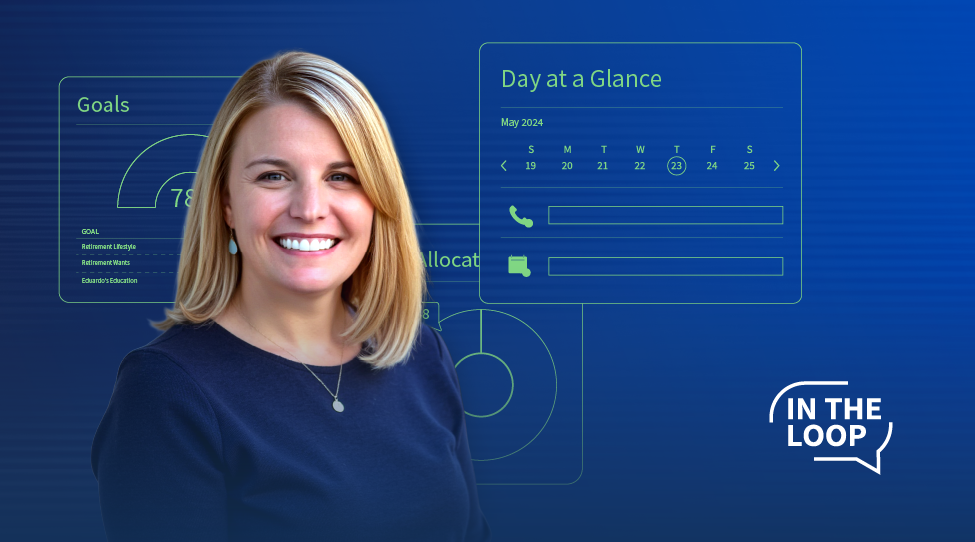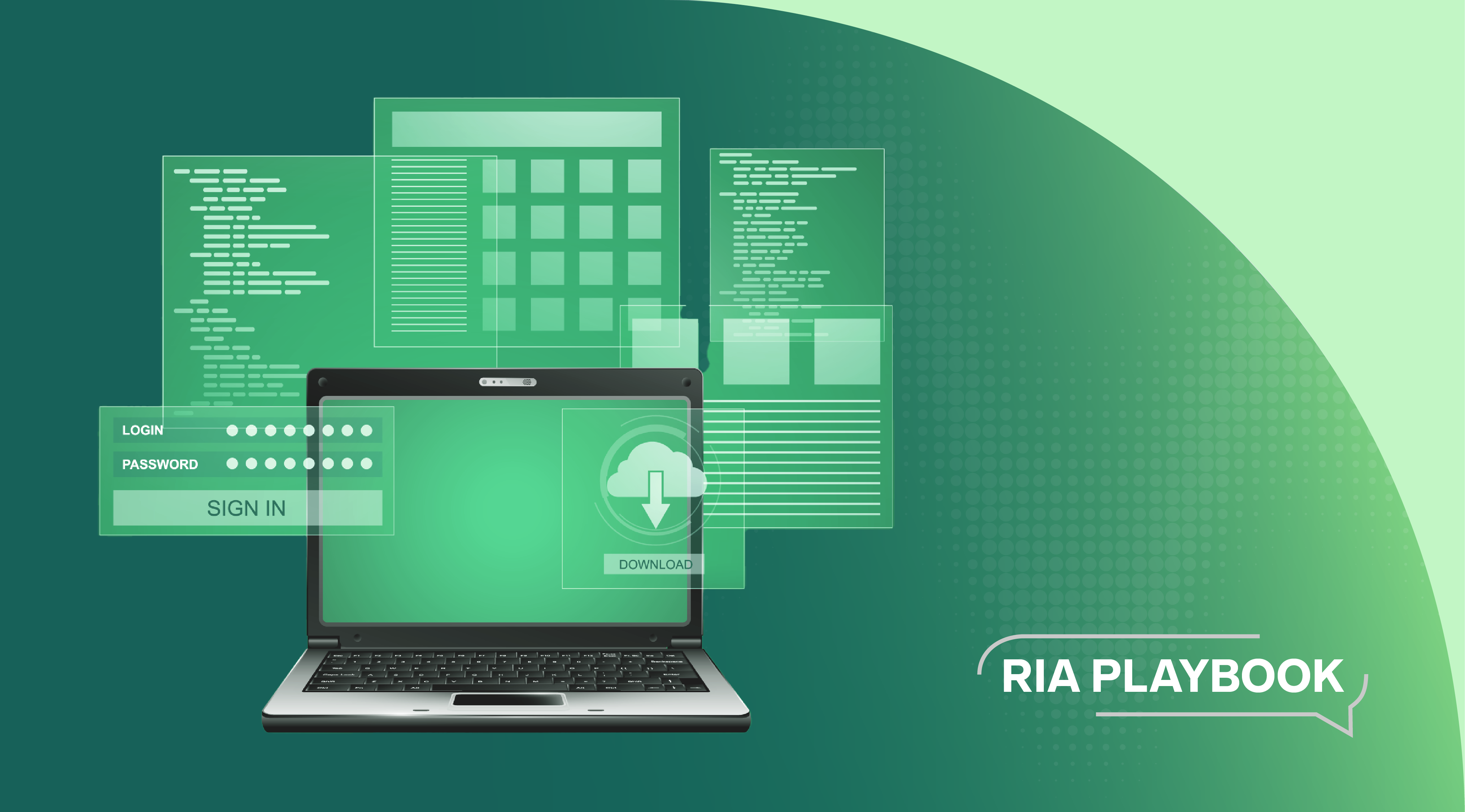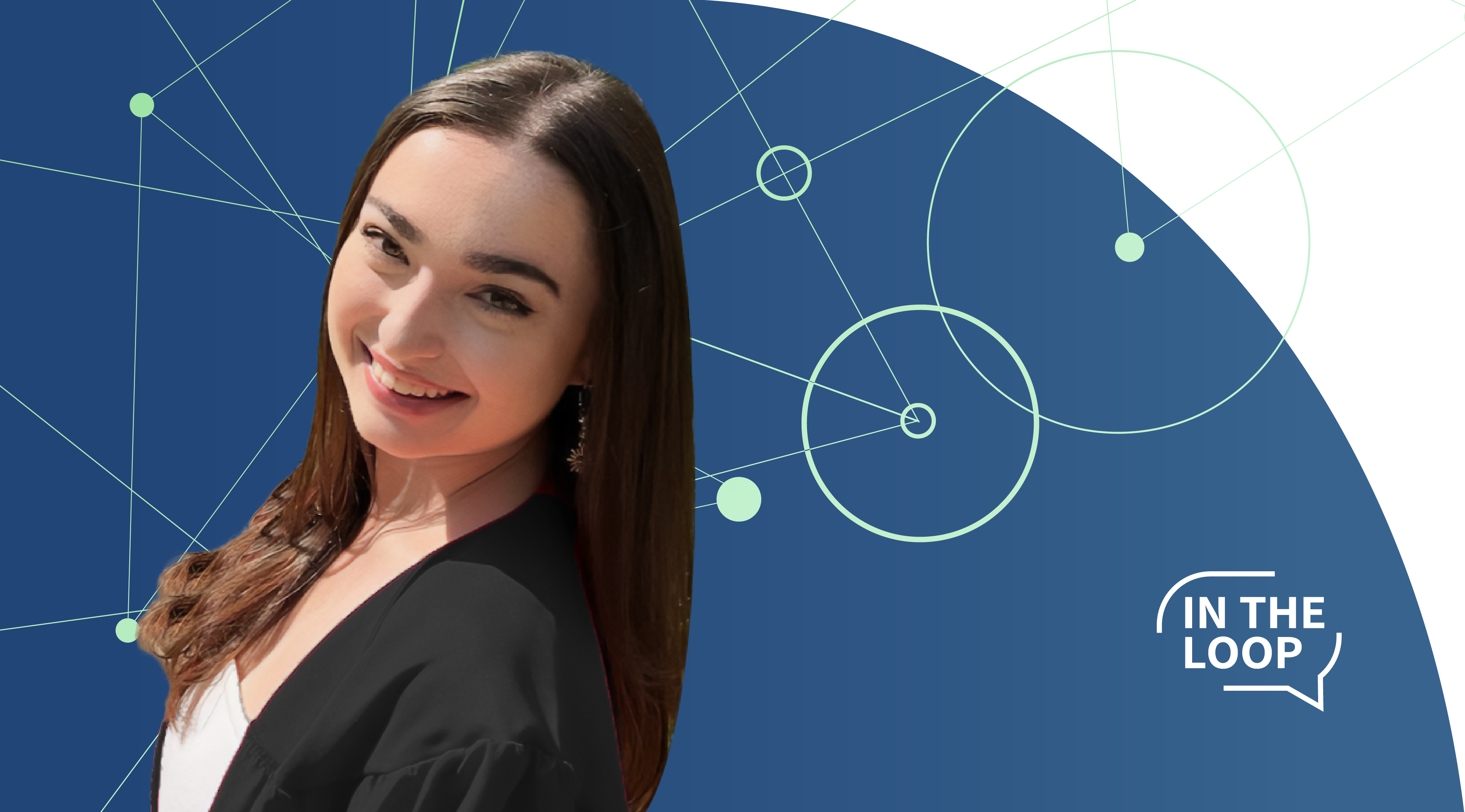
4 min read
Unlocking the Habits of High-Performing Advisors
Top advisors aren’t born—they’re built. And their habits are hiding in your data.
Solve your current pain points with our award-winning solutions.
Increase automation with our modern wealth platform.
The leading end-to-end wealth management platform.
Our team works to anticipate and surpass our clients’ expectations.
Merge our open, integrated platform and its solutions into your tech stack.
The #1 reason advisors switch firms is the desire for better technology.

4 min read
Top advisors aren’t born—they’re built. And their habits are hiding in your data.

2 min read
We live in a world of intelligent technology. The apps we use for travel, shopping, fitness, and healthcare remember preferences, anticipate needs,...

2 min read
Schwab IMPACT 2025 lived up to its reputation as one of the liveliest gatherings in our industry. You could feel the energy, optimism, and curiosity...

4 min read
Legacy technology foundations are making your AI slow, unreliable, and less effective. Learn how to move from tactical to transformational.

3 min read
Independent advisors face a constant balancing act: how to grow their practices without losing the personal connection that sets them apart. In a...

2 min read
Technology transitions need to be carefully orchestrated, but they don’t have to derail advisors or their teams. Here’s how to thread that needle.
.png?width=975&height=542&name=Data2Discovery_Blog_Option3_Hero%20(1).png)
3 min read
Wealth management is at a pivotal moment. For decades the industry has been guided by instinct and tradition. Every advisor interaction, client login...

2 min read
Darren Tedesco, President of Advisor 360° is back from three packed days at the Future Proof Festival 2025 in Huntington Beach, CA. Two city blocks...

3 min read
Financial advisors wear so many hats: Life coaches. Business partners. Community members. But many are also business owners and builders, managing...

2 min read
Is your use of AI fully compliant with the Financial Industry Regulatory Authority (FINRA) and the U.S. Securities and Exchange Commission (SEC)...

3 min read
The connection between advisors and clients is built on conversations that go beyond the numbers. Thoughtful technology and mindful design can...

1 min read
The RIA space is evolving—fast. Competition is fierce. Client expectations are rising. And AI is upending how advice is delivered. In this...

2 min read
Picture this: You’re prepping for a client meeting—switching between several systems at once to locate client details, account balances, and...

2 min read
According to our 2025 Connected Wealth Report, 85% of advisors believe generative AI will help their business—that’s up from 65% in 2024.

2 min read
There’s no shortage of enthusiasm among wealthtech vendors about artificial intelligence (AI) and what it can achieve for wealth advisors, staff, and...